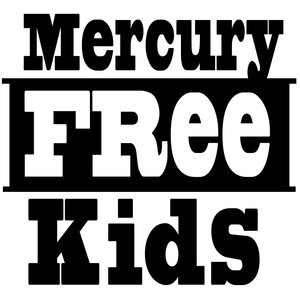Many human bodies that are mercury toxic deal with the toxicity by making fat cells in which to store the mercury.
Despite
claims by the Corn Refiner Association
to the contrary, there are in fact problems with high fructose corn
syrup (HFCS). In addition to being a major contributor to epidemic
obesity and diabetes rates, you can add the presence of mercury to the
growing list of reasons why HFCS is dangerous in any amount.
According to a recent Mother Jones article,
in 2004 when FDA researcher Renee Dufault found mercury in HFCS samples
from leading manufacturers, they did what any agency looking to protect
public health would do: they asked her to stop her inquiry. The source
of the mercury is thought to be lye, which is used to separate the
cornstarch from the kernel. Many chemical companies make lye by pumping
salt through large vats of mercury. That mercury-laced lye is most
likely the same lye used in processing corn to make HFCS.
After
the FDA tried to stymie Dufault’s inquiry, she decided pursue the matter
further, sending the original 20 samples to be retested; nearly half of
the samples contained mercury. This past January, Dufault published her
findings in the peer-reviewed journal
Environmental Health.
At
issue between Dufault’s and the FDA’s claims is the what form the
mercury is present—whether it’s elemental, inorganic or organic. The
FDA, supposedly without any scientific substantiation, claims the
mercury found was the relatively benign elemental form. Unfortunately,
Dufault and her colleagues’ findings were inconclusive as to sample
HFCS’s form, but they believed there was strong evidence that it might
be the most harmful organic variety, whose property of easy absorption
makes it particularly dangerous. If the mercury were organic, the
amounts found would constitute a major health risk (particularly
children, pregnant women, women who plan to become pregnant, and nursing
mothers) for Americans whose insatiable appetite for sweetness and
convenience leads them to consume average 50 grams of HFCS daily.
Putting
aside how crummy refined sugar products like HFCS are for your health,
the chance that Dufault et al might be right about the mercury, coupled
with the the FDA's sketchiness should be sufficient reason to pass on
the cookies and soda.
Via
Mother Jones
Read More on HFCS:
High Fructose Corn Syrup Producers on a Roll
Review: King Corn- You Are What You Eat
Corn Syrup vs. Sugar: Which is sweeter for your diet?
http://www.treehugger.com/green-food/you-know-what-they-say-about-corn-syrupthat-it-has-mercury-in-it.html

